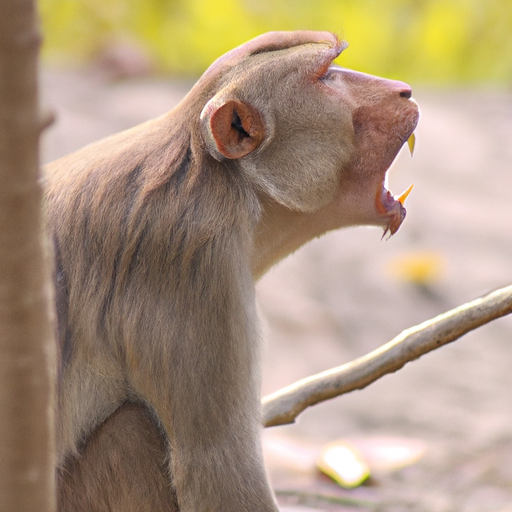 Introduction:
Introduction:
Rabies is a viral disease that affects the nervous system of mammals, including humans. It is primarily transmitted through the bite of an infected animal, with dogs being the main source of transmission worldwide. Once symptoms manifest, rabies is almost always fatal. This article aims to provide an extensive understanding of how animals behave when infected with rabies, shedding light on the disease’s progression and its impact on various species.
1. Transmission of Rabies:
Rabies is primarily transmitted through the saliva of an infected animal, typically through a bite. However, it can also be contracted if infected saliva comes into contact with open wounds or mucous membranes. The virus then travels along peripheral nerves to the central nervous system (CNS), where it replicates and spreads further.
2. Incubation Period:
Following exposure to the rabies virus, there is an incubation period that can range from a few days to several years. This period depends on various factors such as the location of the bite, the species of the infected animal, and the amount of virus transmitted.
3. Initial Symptoms:
During the early stages of rabies infection, animals usually show no visible signs of illness. This period, known as the prodromal phase, can last for a few days to a week. However, the virus is already actively multiplying within the CNS during this time.
4. Behavioral Changes:
As the disease progresses, behavioral changes become apparent. Infected animals may display a combination of aggression, restlessness, and anxiety, or conversely, they may exhibit lethargy, weakness, and depression. These behavioral changes often depend on the species affected and can be further influenced by the individual’s temperament.
5. Furious Rabies:
The most commonly recognized form of rabies in animals is the furious or encephalitic form. Infected animals become highly aggressive, exhibiting unprovoked biting and snapping behavior. They may also display hyperreactivity to stimuli, excessive drooling, and a tendency to roam aimlessly. These animals may attack humans, other animals, or even inanimate objects.
6. Paralytic Rabies:
In some cases, animals infected with rabies may develop the paralytic or dumb form. This form is characterized by muscle weakness, loss of coordination, and paralysis. Affected animals often exhibit drooping jaws, difficulty swallowing, and excessive salivation.
7. Nocturnal Animals:
Rabies can cause significant changes in the behavior of nocturnal animals, such as bats and raccoons. Infected animals may lose their normal fear of humans and display unusual daytime activity. Bats, in particular, may appear disoriented, unable to fly, or may be found on the ground.
8. Domesticated Animals:
When domesticated animals like dogs and cats contract rabies, they may exhibit a range of symptoms. They might become unusually aggressive or, conversely, unusually affectionate. Dogs may demonstrate a change in their bark, becoming hoarse or having difficulty barking altogether. Cats may excessively meow or hiss.
9. Wildlife:
Various wildlife species, including foxes, skunks, and coyotes, are known reservoirs of rabies. These animals can exhibit either the furious or paralytic forms of the disease. Infected wildlife may display abnormal behaviors such as circling, self-mutilation, or disorientation.
10. Human Interaction:
It is crucial to remember that animals infected with rabies may act unpredictably and pose a significant risk to human health. It is always recommended to avoid contact with any animal displaying abnormal behavior, especially if they are aggressive, disoriented, or exhibiting symptoms of rabies.
Conclusion:
Understanding how animals behave when infected with rabies is essential for recognizing potential threats and taking appropriate precautions. The disease’s progression varies from species to species, but the common thread is the devastating impact it has on both animal and human health. Vaccination programs, responsible pet ownership, and public awareness campaigns play a vital role in preventing the spread of rabies and protecting our communities.
